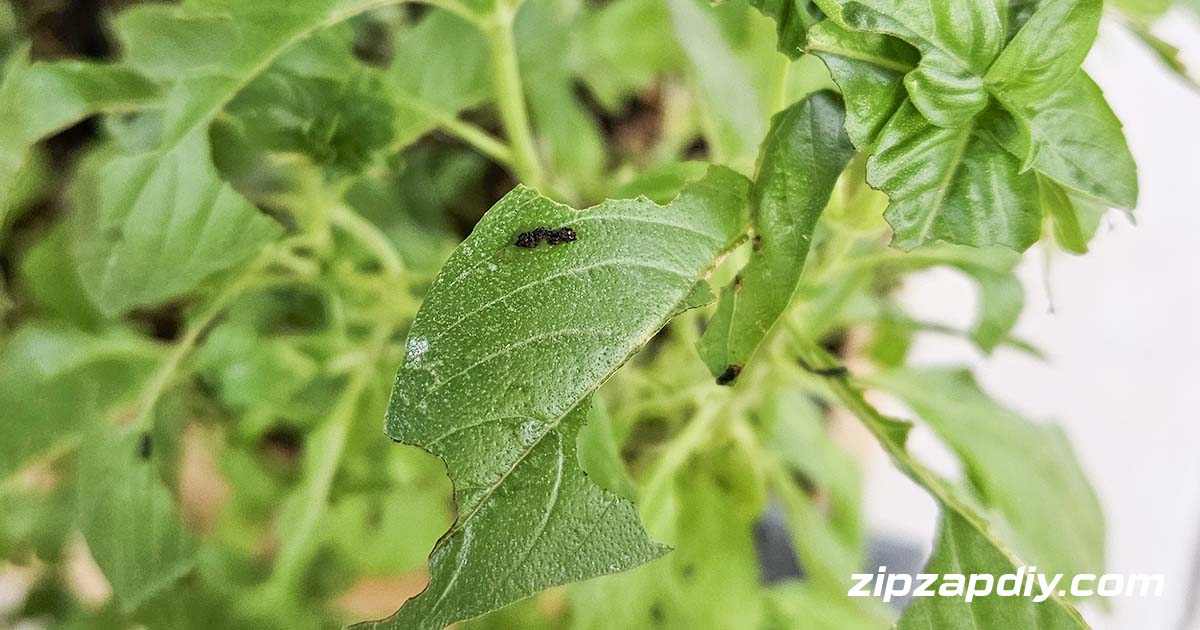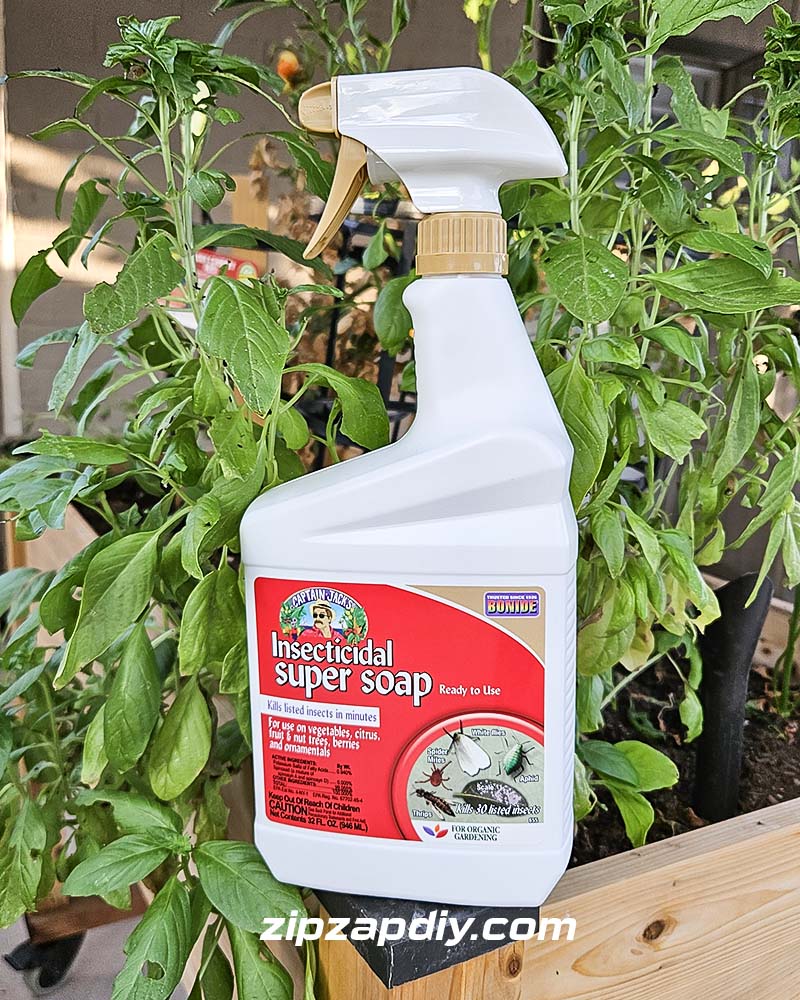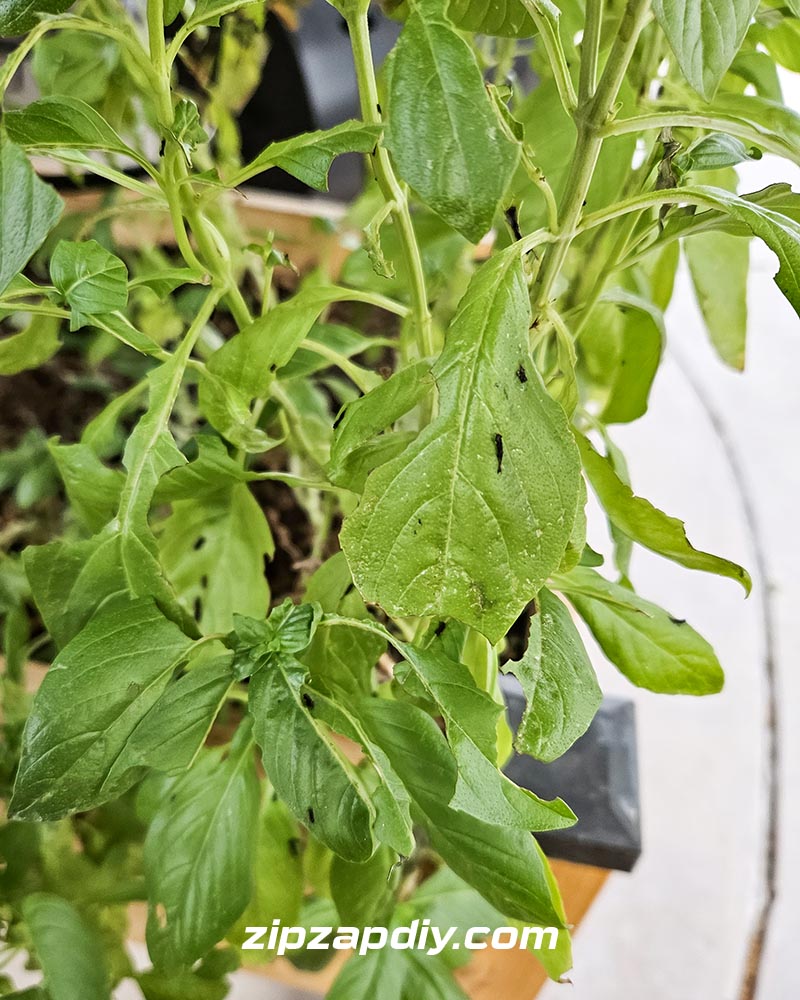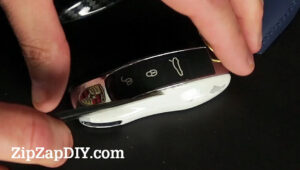Organic Solutions for Caterpillar Infestations: Using Insecticidal Soap for a Pest-Free Garden
Caterpillars, those tiny, voracious eaters, can wreak havoc on your vegetable garden, leaving behind a trail of destruction and unsightly black spots on leaves. But fear not, there’s an organic and non-toxic solution to rid your plants of these pesky critters: insecticidal soap. This article will guide you through identifying caterpillar damage, understanding the benefits of insecticidal soap, and using it effectively to keep your garden flourishing.
Identifying Caterpillar Damage: The first step in treating caterpillar infestations is recognizing the signs of their presence. Black spots on vegetable leaves are often a tell-tale sign of caterpillar poop, also known as frass. These spots can be found on the top or underside of leaves, and may vary in size and shape depending on the caterpillar species. Additionally, you might notice chewed or skeletonized leaves, as well as the caterpillars themselves, which can range from green to brown and often have distinct markings.

Understanding Insecticidal Soap: Insecticidal soap is a non-toxic, biodegradable, and environmentally friendly solution to control a variety of garden pests, including caterpillars. It’s made from potassium salts of fatty acids, which work by penetrating the insect’s outer layer, causing dehydration and eventual death. Unlike chemical pesticides, insecticidal soap is safe for humans, pets, and beneficial insects such as bees and butterflies. It’s also easy to make at home using common household ingredients. (not covered in this post)
Buy Captain Jack’s Insecticidal Soap here: https://amzn.to/4cgNELW


Using Insecticidal Soap Effectively: To use insecticidal soap on your vegetable plants, follow these steps:
- Identify the affected plants and inspect them for caterpillars and their frass.
- Mix the insecticidal soap solution according to the manufacturer’s instructions or create your own by combining 1 tablespoon of liquid dish soap with 1 gallon of water.
- Spray the solution directly onto the affected leaves, ensuring you cover both the top and underside. Pay particular attention to areas with visible caterpillar damage or frass.
- Repeat the application every 5-7 days, or as needed, until the caterpillar infestation is under control.
- Monitor your plants regularly for signs of new infestations and treat promptly to prevent further damage.
By using insecticidal soap, you can effectively combat caterpillar infestations in your vegetable garden without resorting to toxic chemicals. This organic solution not only protects your plants but also ensures a safe and healthy environment for you, your family, and beneficial insects. Remember to stay vigilant and treat caterpillar damage promptly to keep your garden thriving and pest-free.
Buy Captain Jack’s Insecticidal Soap here: https://amzn.to/4cgNELW
